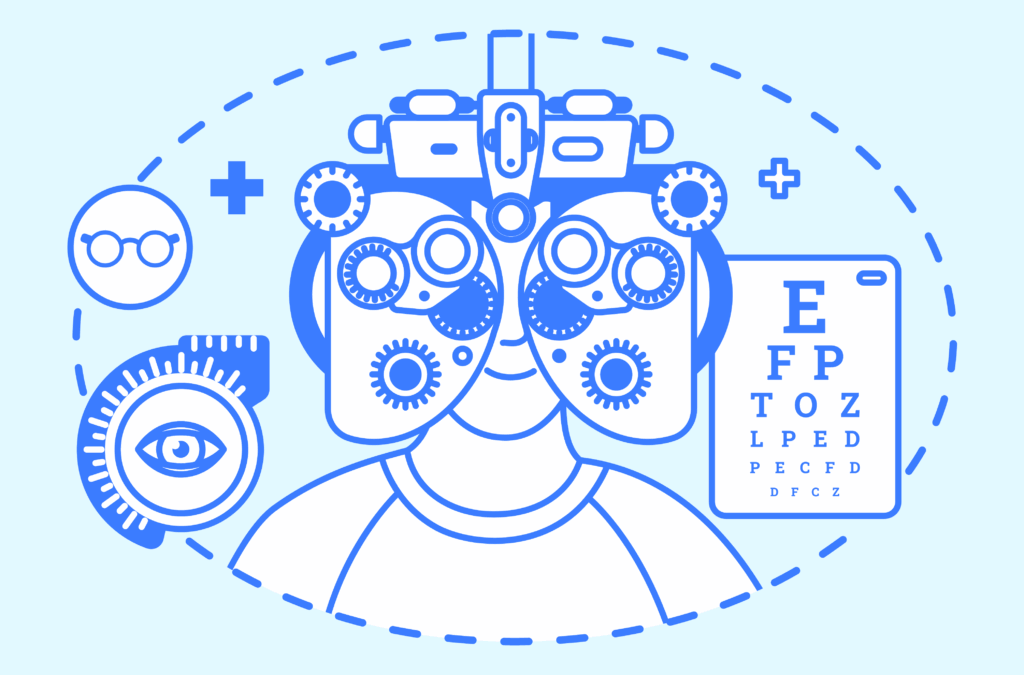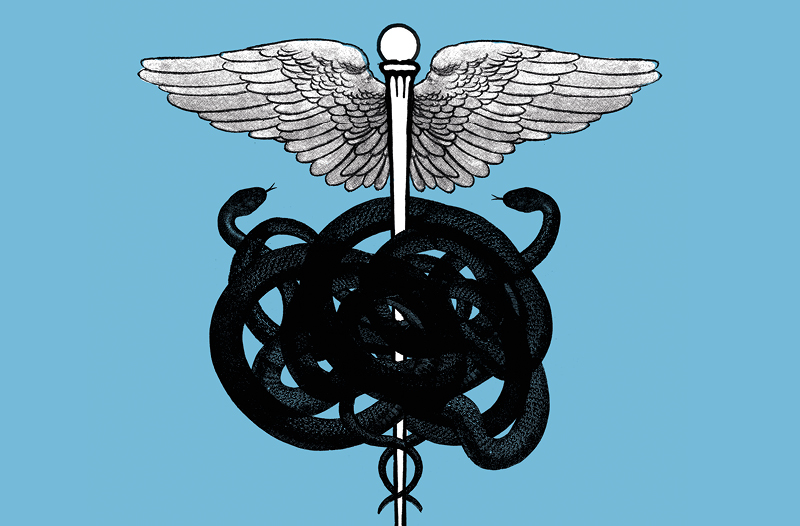
Benefits Epiphany

Employees are demanding more from their employers—and it’s not just about compensation.
Companies that wish to differentiate themselves need new ways to leverage the full value of total rewards. Leader’s Edge sat down with the CEO of ArmadaCare, Ed Walker, to hear what it’s been like to lead a benefits organization while employees around the world reorganize their work and life goals.
Before, it’s like employers would play the game of whack-a-mole where they’d drive down costs by cutting employee benefits, especially health benefits, but then have to spend what they saved or more with the ramifications that pop-up as a result. For instance, employers would increase the deductible, which in turn, would cause more employee financial stress or cause them to not be satisfied and leave the company. Then there’s the ripple effect of more retention issues, lost company knowledge, increased recruitment costs—all of which impact the bottom line.
Another aspect of this realization stems from the massive generational shift, with up to five generations co-existing in most workplaces today. And not all those generations care about the same things, especially when it comes to benefits. Employers are recognizing that their workforce is more multi-faceted and one-size-fits-all benefits just aren’t going to be enough. They need a more nuanced approach where they can address generational needs along with the pockets of high turnover in various subgroups of their employees, just like how companies approach compensation.
What’s interesting is that even with all the new benefits out there, health insurance is still what employees want most. It’s not surprising, right? Some people have student loans to pay off, but we all have our health to take care of. Even the two benefits you mentioned, mental health and telehealth, these are two health benefits that have definitely received attention during the pandemic. Employees don’t separate benefits and compensation. They understand that if the health coverage isn’t there, then they’ll have to pay out of their own pocket. So, from an employee’s perspective, not having the health benefits they need and value will translate into less salary because they will have to pay for it out of their own pockets.
That’s why we’re passionate about making health insurance better with a non-traditional approach that thinks beyond just primary health insurance. We’re focused on delivering different types of supplemental health plans with coverage for not just the unexpected out-of-pocket costs, but also the everyday healthcare expenses you incur. In our view, health benefits shouldn’t be one-size fits-all because employees’ needs differ by their health and life stage.
Clients love expanding their options, such as having a tax-efficient way to boost employee compensation or a new way to reward tenure.




